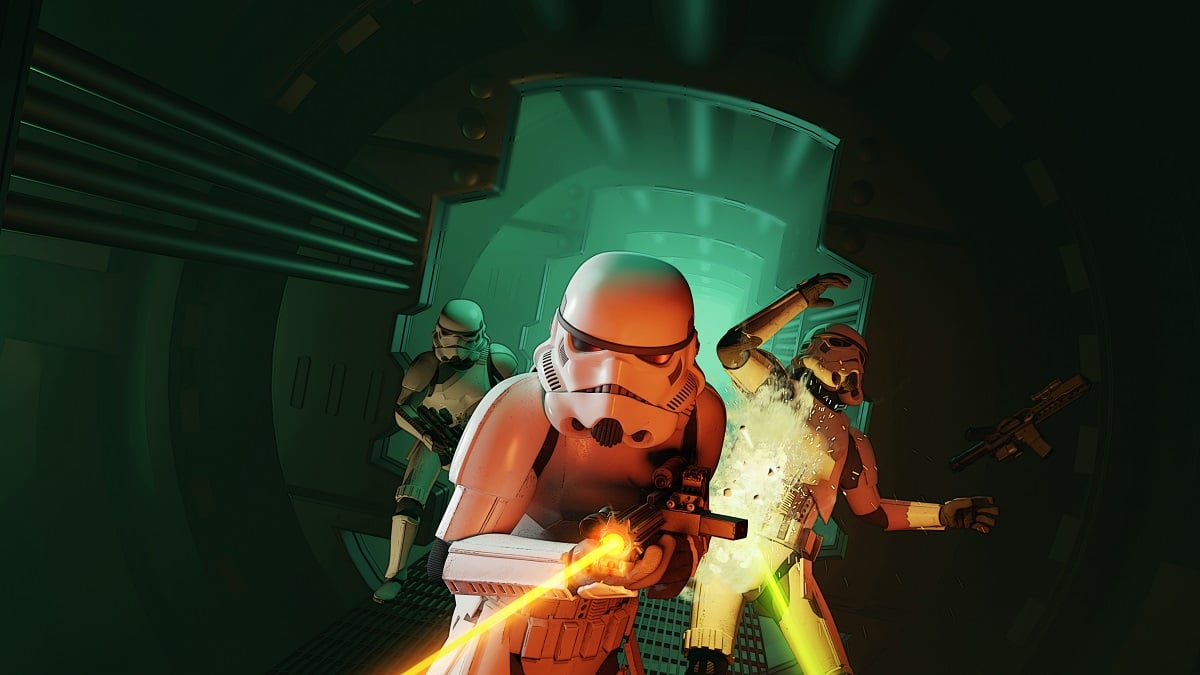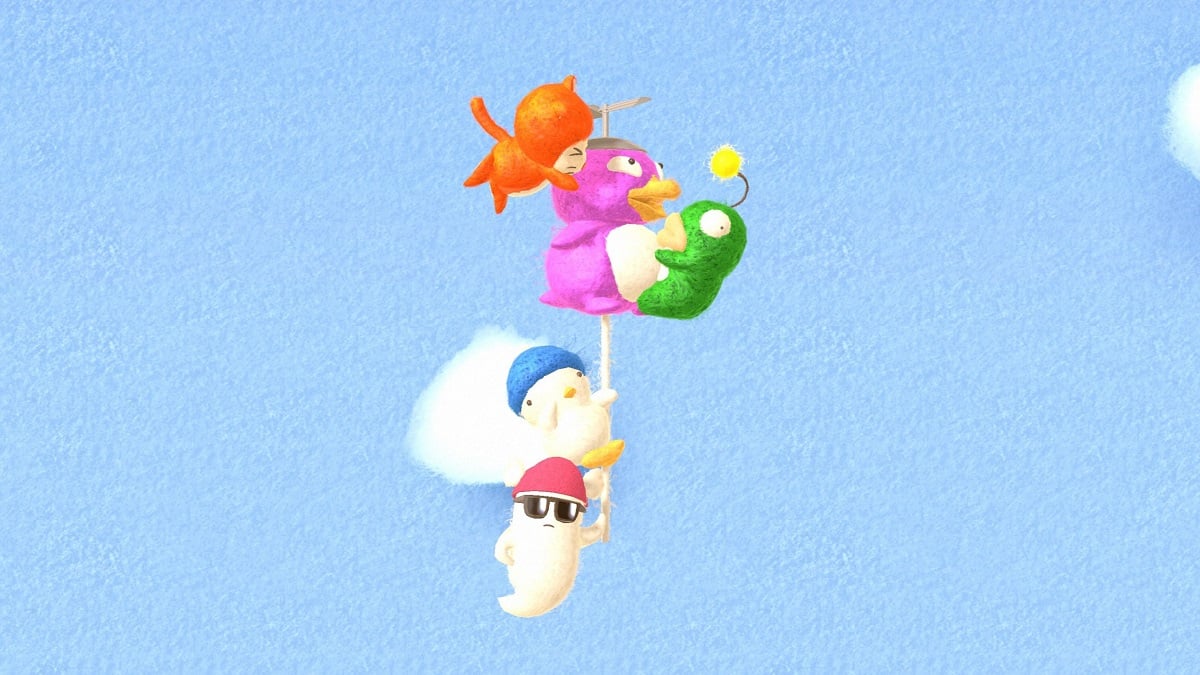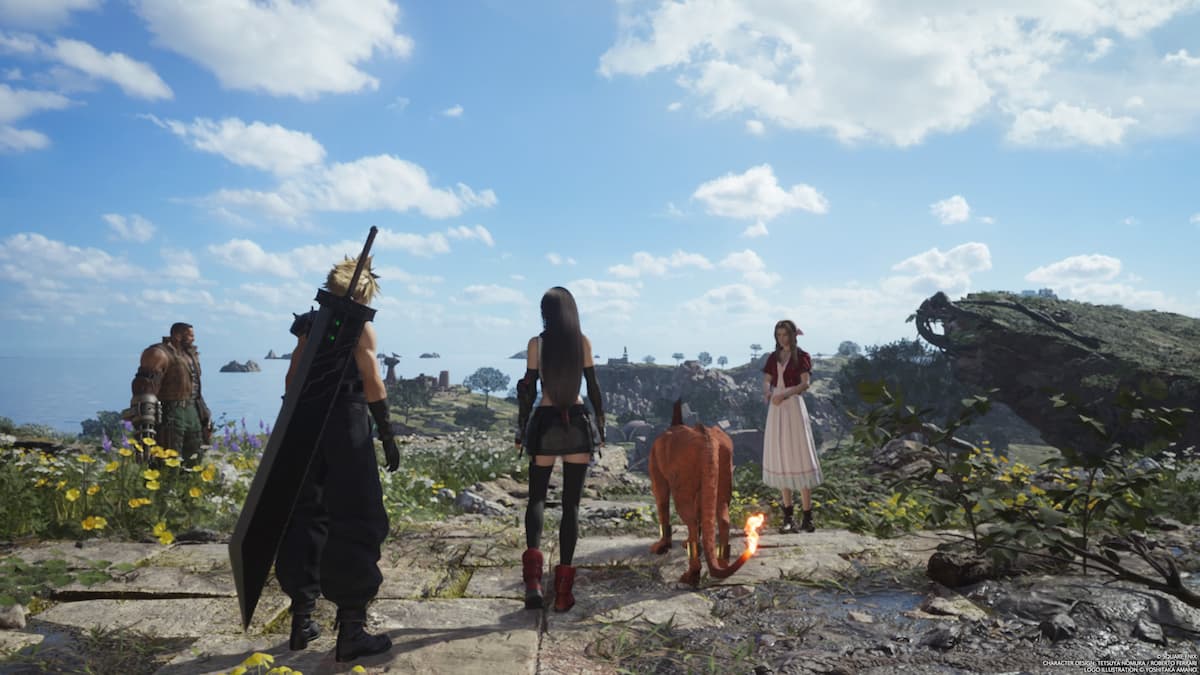In 1999, Square Enix (then still Squaresoft) released Legend of Mana, the first spinoff of the Mana series (known as Seiken Densetsu in Japan) line of games. At the time, it was a strange beast. It’s a two-dimensional RPG released for the original PlayStation when Sony was pushing polygons hard. Despite having series creator Koichi Ishii as director, it’s a game that bears many of the signature design elements of its producer, SaGa series creator Akitoshi Kawazu. Those hallmarks include stat and skill leveling based on usage, nonlinear storytelling, and open-world exploration. More than two decades later, M2 has remastered the game for re-release on modern consoles. While it’s a stellar port that allows the game’s gorgeous sprites and Yoko Shimomura’s lovely score to shine, Legend of Mana remains an experience marred by shallow core gameplay and too many superfluous, tedious subsystems.
Legend of Mana begins with players selecting between a male or female protagonist and their starting weapon. They then hear the cry of the Mana Tree, a fixture of the Mana series, imploring the hero to seek it out. The Mana Tree suggests that humanity once sought its mighty power but has since abandoned such pursuits and has instead contented itself with petty squabbles. What the Mana tree represents here is left vague, but — without giving away too much of the 20-year-old game’s story — it seems to be emblematic of the spirit of adventure, but was corrupted and, having been ignored for years, is now in need of renewal.

Players begin the game by choosing where they want their adventures to occur. They select an area from a blank map and then place their home in that region. This moment serves as an introduction to the Land Creation System. Throughout the game, players acquire artifacts by beginning or completing quests. When players place one of those artifacts on the map, they unlock a new area to explore, either town or dungeon. Where and when an artifact gets put on the map affects the strength of the enemies in the area.
After that, the players receive their next artifact, unlocking the town of Domina, and then they’re on their own. Instead of a central narrative, players embark on a collection of short adventures that would amount to side quests in most other JRPGs, several of them with recurring characters. Eventually, through completing one of three key quest lines, the player can finish their original mission to pursue the Mana tree and complete the game.
The world is lusciously rendered and, while the protagonist is a blank slate, the land is full of interesting, oddball characters. The world is bright and colorful, rendered with a watercolor style that brings to mind storybooks and high-end animated features. The remaster includes reproduced high-definition graphics expanding the stunning backgrounds into 16:9 resolution that looks perfect on modern widescreen televisions. M2 also added a rearranged version of the game’s soundtrack, overseen by Shimomura, that gives the already stellar composition a new expansiveness — though players can choose between this version and the original soundtrack in the menu.

Many of the characters in the game are humanoid animals like the mischievous pirate penguins or Niccolo, the shady rabbit entrepreneur. Others are sentient plants like the leafy sproutlings or even part of a race of sentient teacups, each with their own quirky personality. The blank-slate hero/heroine allows players to project whatever characteristics they’d like onto the protagonist to justify their adventures. The sum of these parts is a game that feels like playing through a series of short stories starring a Conan-like fantasy adventurer, but all set in a world imagined by Hayao Miyazaki.
If only the gameplay could match up the promise of that premise. The Mana series has always featured action-based combat, and Legend of Mana is no different. As players explore the world’s various dungeons, if they happen upon some monsters, they’ll be locked into combat where they can attack with quick and heavy strikes, two pre-assigned skills, and up to four special moves usable only when their special move meter is full. But combat proves sluggish and awkward as players and enemies can move in four directions but can only attack to the left or right. Most enemies require little more than simple sword strikes to dispatch and the boss battles that should liven things up instead feature only a handful of giant monsters reused again and again. Monster encounters respawn after the player exits a room, becoming an annoyance as finding your way through the game’s difficult-to-navigate dungeons often requires backtracking. Luckily M2 implemented the ability to turn off non-story-related battles in the menu, alleviating that frustration when needed, but doing nothing to make combat less shallow.
The protagonist’s stat will level up based on which weapon they’re using. For example, using the hammer will increase power, while wielding a staff will boost your magic. It opens the game up for some inventive min-maxing and customization if you want to dedicate the time, especially since you can craft personalized weapons. Unfortunately, it isn’t a terribly exciting process and yields little reward. Players can make it through the game, wielding nothing but their chosen starter weapon upgraded periodically by buying new versions at town shops, with little problem.

Similarly, players will often gain guest characters who aid them on their adventures. They tend to be plot-relevant and interesting in the narrative sense but less so in combat. While each guest character has a unique synergy skill, they’re most useful as distractions during boss battles and require little attention. Truly invested players can train pets and build golems that will join them in combat, but it’s a substantial extra effort where none is needed.
Ultimately, Legend of Mana presents a fun and enchanting world to explore. The gameplay is simplistic and clumsy, but the tedium is alleviated somewhat by M2’s modern additions. If players avoid getting bogged down by the unnecessary side systems, they may be able to capture Legend of Mana‘s lost spirit of adventure.
Rating: 3 out of 5
Legend of Mana is on sale now for PlayStation 4, Nintendo Switch, and Windows PC. The publisher provided a review code for this review, and it was reviewed on a base model PlayStation 4 and PlayStation 5.


